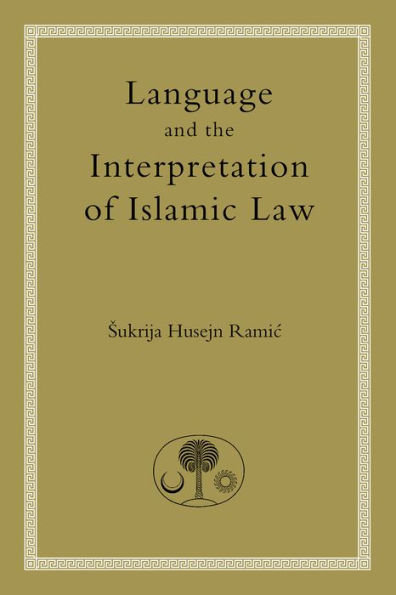Read an Excerpt
One of the most important branches of usul al-fiqh is the study of language. Linguistics includes principles relating to the way in which words convey their meanings, and to the clarity and ambiguity of words and their interpretation. The knowledge of these principles is essential to the proper understanding of the authoritative texts from which the legal rulings of Islamic law are deduced. Unless these texts are correctly understood no ruling can be deduced from them.
Linguistic principles are especially important when a given text is not self-evident, or when an apparent conflict between texts appears. From these principles a mujtahid may distinguish the speculative from the definitive texts and categorise clear and unclear texts (meanings). In cases of disagreement, the preference is for clearer or less ambiguous texts (meaning). A proper implementation of these principles in legal reasoning ensures intellectual rigour in sensitive areas where human beings must uphold the command of God (the only true Lawgiver) and speak in His name. From an Islamic perspective, human reasoning in a system of law which originates in divine revelation, is an arduous, complicated affair. Therefore all precautions need to be taken, and no effort spared in reaching the ruling intended by the Lawgiver. Usul al-fiqh linguistic principles are focussed on this difficult process.
The importance of these principles may be summarised as follows:
(a) They are essential to mujtahids for distinguishing between speculative and definitive meanings and for categorising these meanings so that that which is clearer may be given precedence in case of a conflict.
(b) They provide powerful support for the mujtahid in his legal reasoning, especially in the case of conflict between legal proofs in Islamic law.
(c) They provide understanding of words whose interpretation is a major cause of disagreement among Muslim jurists (fuqaha').
(d) They help in better understanding the legislation of Islam and Islamic law in general.



